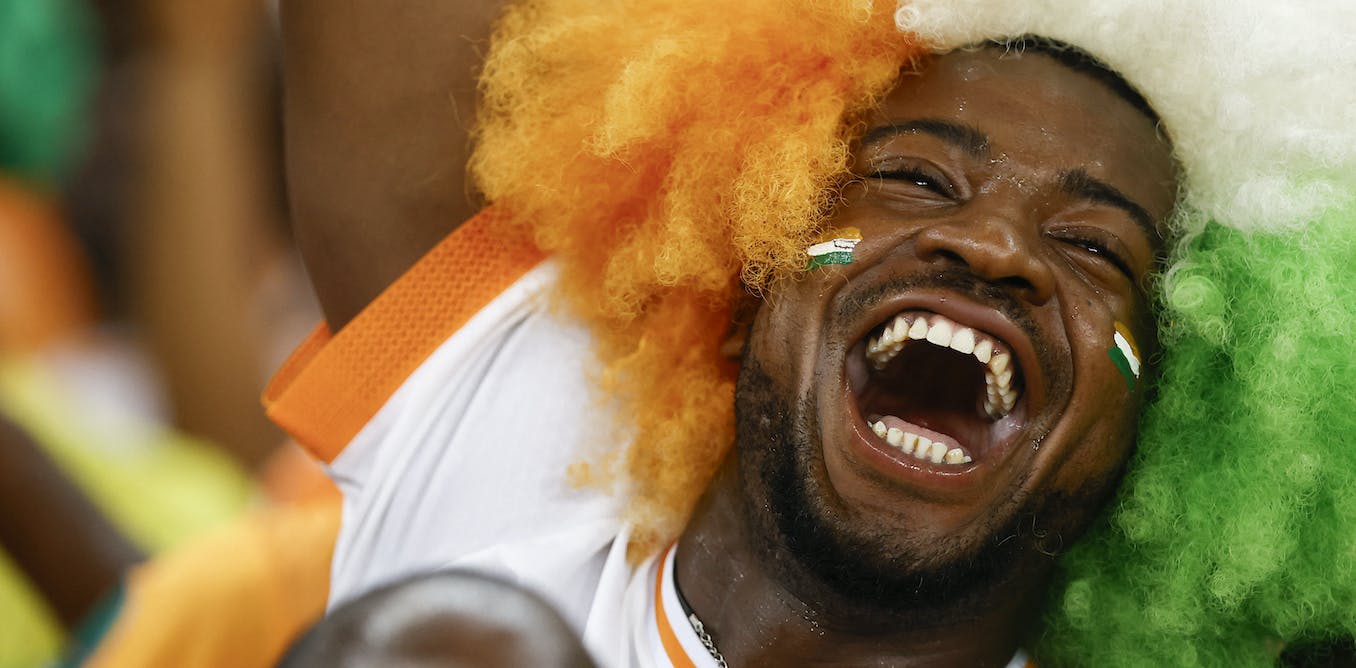On a recent writing retreat at Moniack Mhòr (Scotland’s writing centre, situated four miles from Loch Ness) I was astonished to note how many of my fellow writers were obsessed with the television programme The Traitors. Ardross Castle, where The Traitors is shot, is located not far from Moniack Mhòr, a fact that excited the novelists and screenwriters.
The Traitors is essentially a stylised version of the popular party game Mafia – it involves loyalty, deceit, trust and suspicion, qualities which are inherently drama-friendly. The Gàidhealtachd – the Highlands and islands of Scotland – is an area that has a fascinating relationship with illusion, deception and even treachery. It’s the perfect location for a game such as The Traitors.
Ardross Castle was once owned by the first Duke of Sutherland, a controversial politician and landowner who was for a time the wealthiest man in Britain. Devoted to his bank account, he showed no such loyalty to the tenants whom he evicted to make way for significantly more lucrative sheep.
The first Duke of Sutherland is commemorated by a statue on Ben Bhraggie, a hill in east Sutherland, which has traditionally been regarded with more disdain than respect. Over the years, it has been vandalised, scorned and cursed. The word “Monster” was sprayed on it in 2010. The Duke of Sutherland’s contempt for the indigenous people is summed up in a phrase from a Gaelic poem, Dùthaich Mhic Aoidh by Ewan Robertson. This is his real legacy:
B’ fheàrr leam Iùdas làmh rium
(I’d rather have Judas by my side)
The most infamous betrayal in Highland culture is the massacre of Glencoe, when approximately 30 men of the clan MacDonald were slaughtered by government forces in a manner so brutal and underhanded that it shocked society and inadvertently fomented support for Jacobitism, the movement to restore the House of Stuart to the British throne.
Sir Thomas Livingstone, Viscount Teviot, wrote, not entirely catching the public mood:
[I]t’s not that anyone thinks the thieving tribe did not deserve to be destroyed, but that it should have been done by those quartered amongst them makes a great noise.
That great noise was taken up by everyone from Sir Walter Scott (On the Massacre of Glencoe) to T.S. Eliot (Rannoch, by Glencoe) to George R.R. Martin (the infamous Red Wedding episode in Game of Thrones).
Deceit and authenticity
The literature about and from the Highlands is also riddled with tales of deception. In fact, some of that literaure is, in itself, a deception.
The 18th-century Highland poet James Macpherson claimed to have discovered, via the “beul-aithris” (the Gaelic oral tradition) ancient, epic Scottish poetry to rival that of Homer. He published these poems as purported translations under the pen-name Ossian, a reference to Oisín, a legendary poet from Irish mythology.
The poems, Macpherson claimed, had their roots in Gaelic poetry from the third century, but there is no evidence of any Gaelic manuscripts existing before the tenth century. Macpherson alleged that the Irish heroes whose exploits were narrated in the poems were of Caledonian, Scottish rather than Irish, origins.
It is generally accepted, however, that Macpherson composed the poems himself, albeit drawing influence from existing Highland poetry. The “Ossianic” poems were hugely influential in a Europe that was besotted with Romanticism, but Macpherson would have gained a greater reputation for himself if he had been more honest about their provenance.
These days, there is a fad for crime novelists to use Scottish islands as forbidding, scenic settings for books. G.R. Halliday’s From the Shadows, Ruth Ware’s The Turn of the Key, Peter May’s I’ll Keep You Safe and Graeme Macrae Burnet’s His Bloody Project, are examples of Highland-based crime stories. Such novels, replete with red herrings and furtive secrets, present the Highlands as a perfect place for murder and other serious crimes, although these are mercifully rare in the real Highlands and Islands.
subhead??
Is the Gàidhealtachd then, with its wintry darkness, hidden caves, bottomless lochs, selkies, kelpies and monsters, a storied place whose atmosphere is uniquely conducive to betrayal and duplicity? No.
In tight Highland communities, “cliù” (reputation) is of resonating importance, and naturally, integrity is vastly more potent than treachery. A more authentic portrayal of the Highlands and Islands can be found in Amy Liptrot’s honest and redemptive memoir The Outrun, the film version of which has premiered this month, starring Saoirse Ronan.
Liptrot’s book is drawn from the understanding that comes with experience. She swims in the seas around Orkney not as a fanciful selkie but as a fallible human. Liptrot writes:
My life was rough and windy and tangled. Growing up in the wind leaves you strong, sloped and adept at seeking shelter.
For those who grew up there, the Highlands is indeed a shelter, a place of community-mindedness and trust.
Looking for something good? Cut through the noise with a carefully curated selection of the latest releases, live events and exhibitions, straight to your inbox every fortnight, on Fridays. Sign up here.




